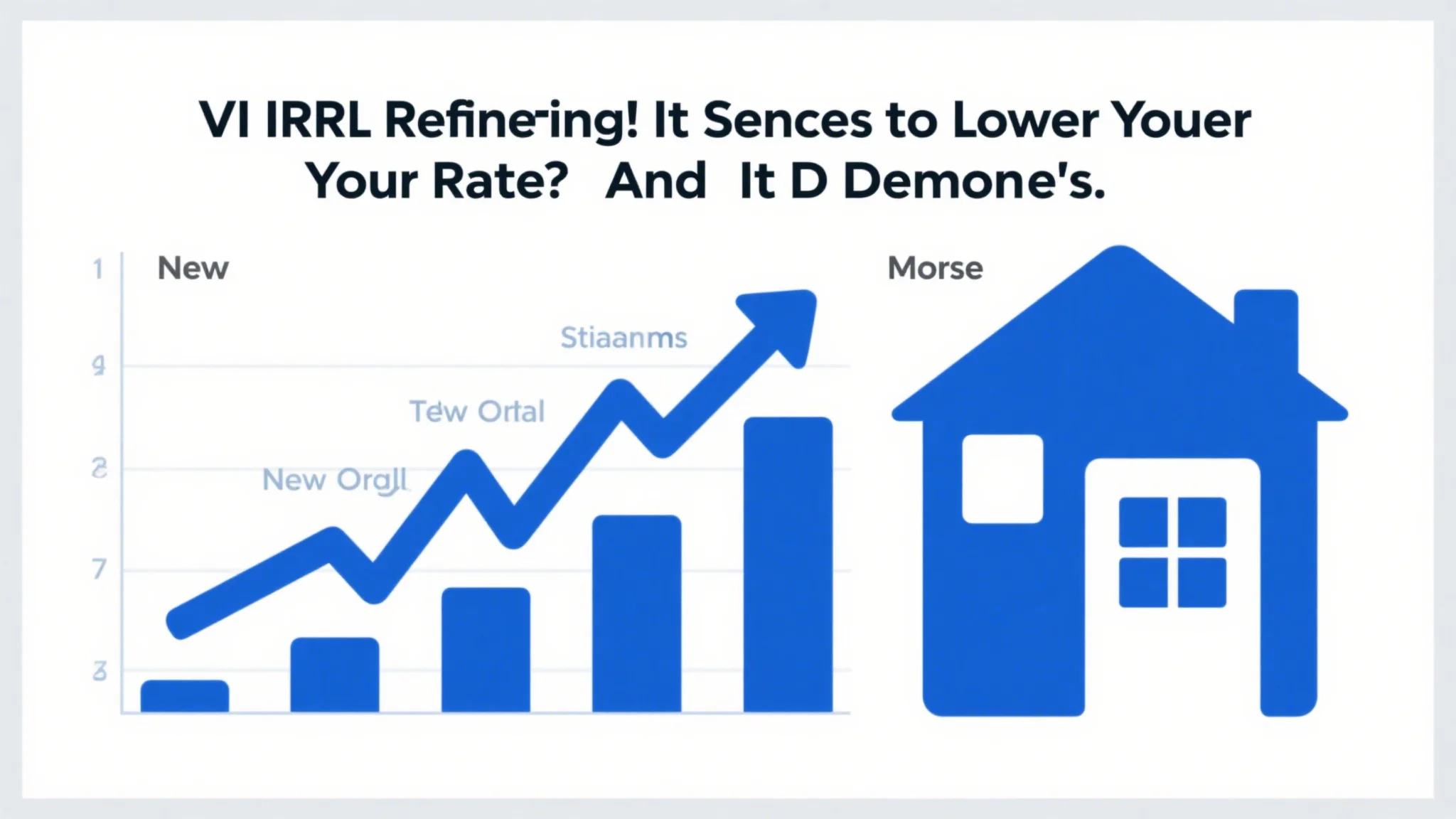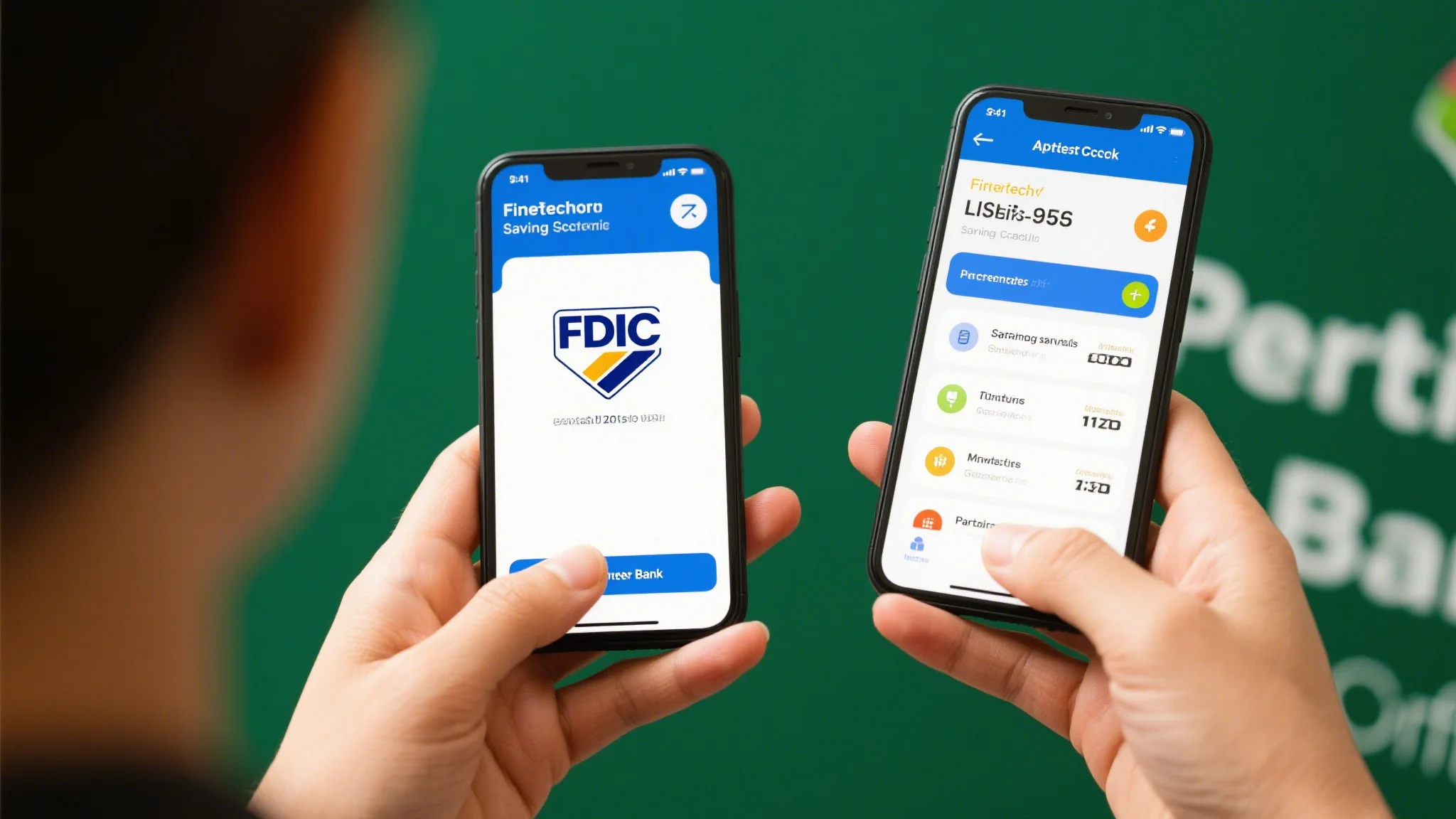Understanding Divorce Mortgage Assumptions
Introduction: The Emotional and Financial Struggles of Divorce
Divorce is a life-altering event, often accompanied by complex financial decisions. Among these, retaining your home is a top priority. Traditional solutions, like refinancing, can be costly and complicated. This article introduces an alternative: mortgage assumptions, a process where one spouse takes over the mortgage without refinancing.

What Are Mortgage Assumptions?
A mortgage assumption allows one spouse to take over the other’s mortgage. This process involves transferring the mortgage to the assuming party, with specific conditions. It’s a legal agreement that requires careful consideration.
Benefits of Mortgage Assumptions
Avoid Refinancing Costs: Refinancing can lead to significant fees and higher interest rates. Mortgage assumptions bypass these costs.
Simplified Process: Unlike refinancing, assumptions don’t require a new loan application, reducing complexity.
Retain Home Equity: By avoiding refinancing, you keep the original loan terms, preserving equity.
Key Considerations
Eligibility Criteria: Check if your mortgage allows assumption. Government-backed loans like FHA or VA mortgages often permit this, while jumbo loans may not.
Spousal Consent: Both parties must agree. Without consent, assumption isn’t possible.
Financial Evaluation: Ensure the assuming spouse can handle the mortgage alone, considering income, debts, and creditworthiness.
Tax Implications: Consult a tax professional, as assumption may affect tax liability.
Proceeding with Mortgage Assumption
Additional Considerations
Impact on Credit Scores: The assuming spouse’s credit score is crucial. A lower score may require a co-signer or affect loan terms.
Working with Your Spouse: Open communication is vital. Discuss financial responsibilities and future obligations.
Role of Real Estate Agents: An agent can help assess market value and ensure a fair divorce settlement.
Legal Advice: A family lawyer is essential to navigate the legal aspects of assumption and ensure your rights are protected.
Steps to Proceed
Consult Professionals: Engage a real estate attorney and financial advisor to guide the process.
Evaluate Mortgage Terms: Understand interest rates and remaining balance.
Secure Spousal Consent: Ensure the other party agrees in writing.
Complete Necessary Forms: File required documentation with the lender and court.
Alternatives to Mortgage Assumption
If assumption isn’t feasible, consider renting the property, refinancing with a co-signer, or selling the home to buy elsewhere.
: A Smoother Transition
Mortgage assumptions offer a viable path to keep your home post-divorce. By understanding the process, seeking professional advice, and considering alternatives, you can make informed decisions. Prioritize your future and consult experts to navigate this transition smoothly.
This article provides a comprehensive guide to mortgage assumptions, offering practical steps and considerations to help you retain your home during divorce.



